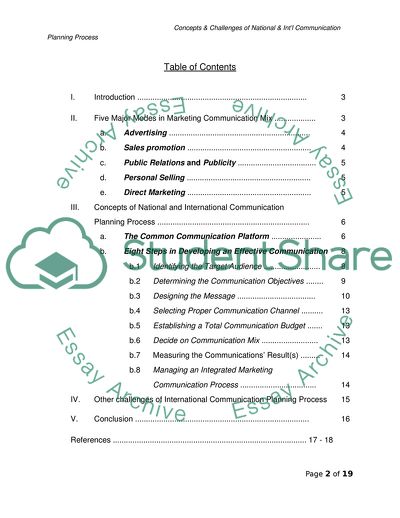Cite this document
(Concepts and Challenges of the National and International Case Study, n.d.)
Concepts and Challenges of the National and International Case Study. https://studentshare.org/marketing/1709012-concepts-and-challenges-of-the-national-and-international-communication-planning-process-in-marketing-agencies-illustrated-by-an-example-eg-the-german-agency-pilot-group-concepts
Concepts and Challenges of the National and International Case Study. https://studentshare.org/marketing/1709012-concepts-and-challenges-of-the-national-and-international-communication-planning-process-in-marketing-agencies-illustrated-by-an-example-eg-the-german-agency-pilot-group-concepts
(Concepts and Challenges of the National and International Case Study)
Concepts and Challenges of the National and International Case Study. https://studentshare.org/marketing/1709012-concepts-and-challenges-of-the-national-and-international-communication-planning-process-in-marketing-agencies-illustrated-by-an-example-eg-the-german-agency-pilot-group-concepts.
Concepts and Challenges of the National and International Case Study. https://studentshare.org/marketing/1709012-concepts-and-challenges-of-the-national-and-international-communication-planning-process-in-marketing-agencies-illustrated-by-an-example-eg-the-german-agency-pilot-group-concepts.
“Concepts and Challenges of the National and International Case Study”. https://studentshare.org/marketing/1709012-concepts-and-challenges-of-the-national-and-international-communication-planning-process-in-marketing-agencies-illustrated-by-an-example-eg-the-german-agency-pilot-group-concepts.


